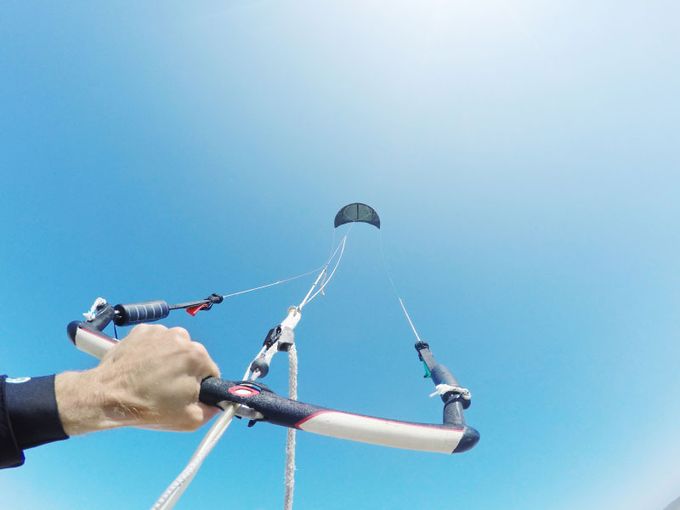
Kitesurfing. Kite. Surfing. What is kitesurfing? What is it exactly? Seriously! Kitesurfing?! Is it a sport that combines the ballet of kite-flying, with the poetry of surfing? Sort of. But, in many ways, kitesurfing is so much more than that. There’s a depth to kitesurfing that may well have passed you by if you’re only knowledge of it revolves around those bizarre photographs of Sir Richard Branson kitesurfing off an island with naked supermodels. Because, despite our constant wrist pinching, that naked supermodel thing definitely happened.
Moving on from that, let’s break this whole kitesurfing topic down a bit. The first thing you should know about kitesurfing is that it’s actually a specific style of kiteboarding. Wait, we can explain. Kiteboarding, you see, is a surface water sport that brings together elements of snowboarding, wakeboarding, windsurfing, paragliding, skateboarding, and gymnastics. The kiteboard used is similar in size to a wakeboard, and the kiteboarder is strapped to it with bindings. Like some sort of wind-manipulating superhero, a kiteboarder utilises the energy of the wind by moving his power kite in certain directions.

Kitesurfing, however, differs slightly from kiteboarding in that it uses a standard surf board which more often than not has no bindings attached. Stylistically, kitesurfers focus more on the riding of waves than hitting the big air and even bigger tricks that feature in the world of freestyle kiteboarding. Kitesurfing requires a location with wave breaks, while kiteboarding can happen anywhere with water and be anything you want it to be. That being said, nobody is going to shoot you down if you say “kitesurfing” when you mean “kiteboarding” or vice-versa. People who do this sort of thing are a pretty chilled bunch, more often than not.







